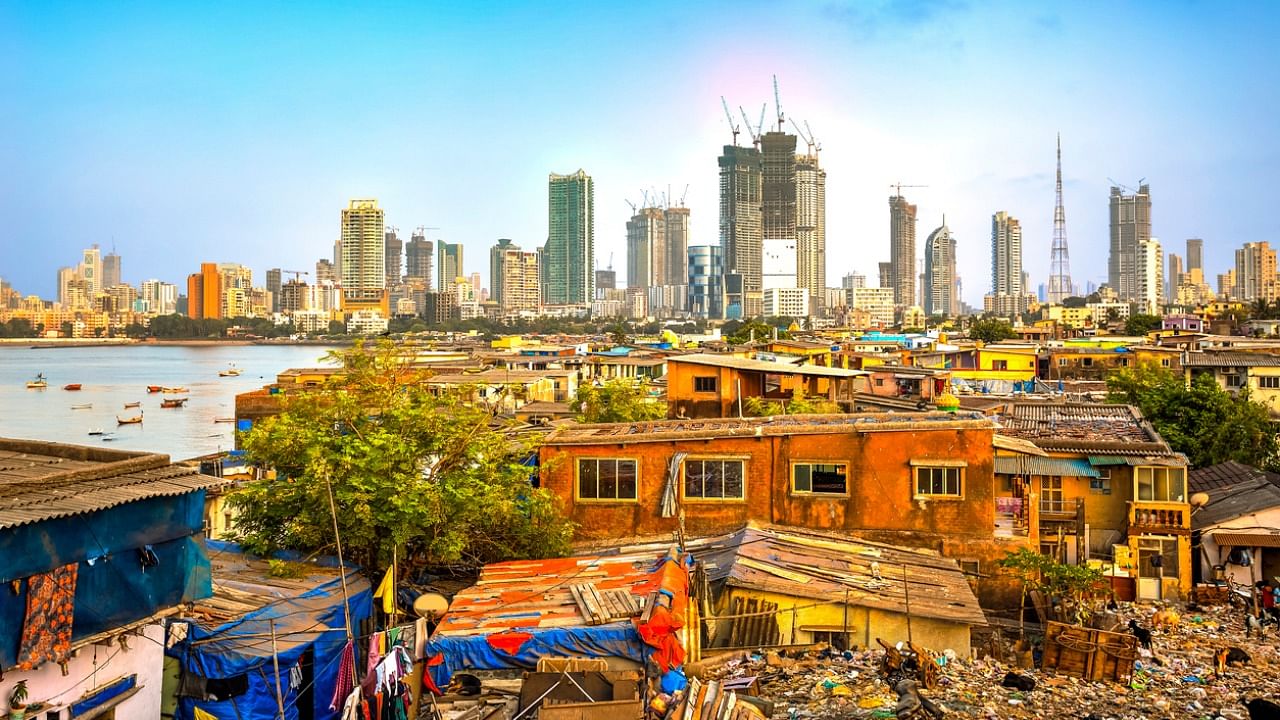
Due to general economic growth over the past decades, poverty in India has reduced. And particularly during 2006-12, it witnessed faster drop by about 10 per cent due to implementation of the MNREGA all across poorer rural regions as corroborated by many international agencies/observers.
Unfortunately, due to slower growth, demonetisation, widespread accumulation of inventory, slow employment, low levels of bank loan, capital investment, income growth etc, poverty did not diminish as expected since 2016. And worse, Covid-19 lockdown overwhelmed the world and India during 2020; large scale loss of employment and income and the consequent urban-rural exodus in crores made 7.5 crore(?) people poorer.
The government has yet to come up with credible survey numbers as to how many crores have migrated and been added to BPL numbers. The previous experience of reduction of poverty thus showed itself to be merely a palliative and not sustainable. To remedy this widespread slow down and trend increase in poverty, the government undertook some measures under many heads to reach incomes to the distressed, in cash and kind. Since poverty is multi-dimensional, its sustainable and irreversible reduction also have to be multi-pronged, through various official and private envisagements, agencies and efforts.
Clearly, any sustainable reduction in poverty depends on reaching steady supra-minimal incomes to the poor possibly including policy doles and election manifesto assurances like the NYAY, nyunatham ay yojana or a minimum income programme to cover all the surveyed BPL households, particularly their women heads.
This will naturally be an addition to their systemically low incomes, all owing to widespread underemployment and unemployment; enables them to spend on necessities and over time save, and spend on capital like livestock, cargo auto rickshaws, rural taxis, tools for the gig economy etc, sending children to schools for longer years and skill development institutions like ITIs and polytechnics; and of course on nutrition provisions and long-term health of children, pregnants and lactating mothers.
These prolonged measures essentially are human development activities, perhaps sufficient conditions towards sustainable increase in incomes and reduction in poverty. And it will act strongly and un-disruptively to shift manpower from the over-populated agriculture to service and industry, rural as well as urban; the latter are seen to yield better and more incomes following from continuous spread of education and skills, concomitant with industry needs and its expansion all across geographical regions.
Poverty reduction, as anything else in interventional public/government administration, has to be policy driven and institutionalised; and politicians or elected representatives, legislators and ministers have not proved to be effective making this institutional delivery of administrative services and goodies substantial, sustained and focused on the really needy or beneficiary classes or families.
Rather, these politicians are concerned about their next elections and personal, family and supporters’ benefit; not on local schools, ITIs and hospitals; and local water bodies, roads, bridges and vents, indeed the tangible modes of poverty reduction. Their attention towards institutional effectiveness and endowments, personnel and material appurtenances are largely seldom; perhaps it does not readily yield much publicity or electoral benefits.
Service delivery
Citizens and beneficiary classes have to organise and thus fend for themselves vis-à-vis effectiveness of service delivery institutions; an act of social and political mobilisation, development and awareness education.
A heuristic or plausible cost in reaching income grants to the country’s poor: There are about 20 per cent or about 28 crore poor in the country all in seven crore households; and about 80 crore are said to belong to the middle class category. If each poor household woman head is given Rs 5,000 per month, it amounts to Rs 35,000 crores, and the annual expenditure will be Rs 4,20, 000 crore. Already the banks have parked Rs 7-8 lakh crores of their idling funds with the RBI.
And the Centre is proposing to sell bonds to the RBI (worth Rs 12.06 trillion during 2021-22), a plan describable as quantitative easing. These proceeds may be part used to fulfil this expenditure towards reaching incomes to the poorest households and is a distributive justice, inequality reducing endeavour.
With 60 per cent of the people or 84 crore living in rural areas, we have the poor mostly living in villages. Their productivity and income is closely linked with agricultural productivity and multi-crop dry land farming combined with rain harvesting and water body conservation all across; and these are all on-going programmes involving rural labour and perhaps MNREGA activities. Reaching drinking water and sanitation facilities including provision of latrines universally will be a highly labour intensive rural activity.
These have an environmental upgradation dimension too; this upgradation is tantamount to increasing commons facilities for the poor in rural precincts, hill slopes, river banks and coastal regions. With the poor facilitated to spend on necessities and also households thus enabled to save at the grass roots level, there will be capital investment by the poor, and resulting in increased demand for urban industry and services. This will be a germane aspect of sustained poverty reduction activity and distributive justice in the country.
(The writer, a public affairs enthusiast, is former Professor, Maharaja’s College, Mysuru)